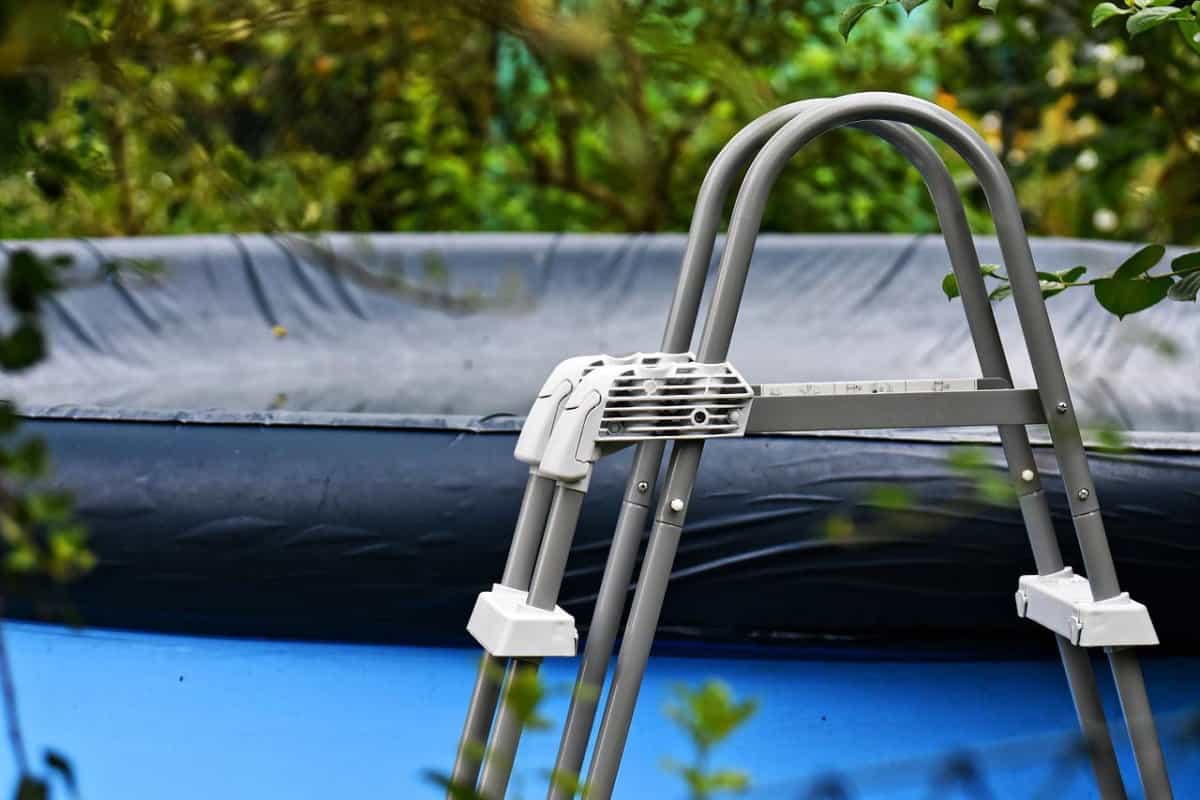No, leaving a pool cover on will not cause algae. Algae need sunlight to grow, so covering your pool will actually help to prevent algae growth.
With that being said, there are a couple of scenarios where a covered pool could be an ideal place for algae growth. For example, it’s possible for algae to grow in hot weather, and is more likely to occur in pools that are covered. When a pool is covered, the temperature of the water is more stable, which can create an ideal environment for algae growth.
Additionally, covered pools tend to have higher levels of humidity, which can also contribute to algae growth. While it’s not guaranteed that leaving a pool cover on will cause algae to grow, it’s a risk factor. If you’re concerned about algae growth, be sure to monitor your pool closely and take steps to prevent it, such as regularly checking the water and maintaining proper pH levels.
Why do algae grow on pool cover?
Algae can grow on pool covers because they are dark and moist. The algae spores can blow onto the cover and start to grow. The best way to prevent this is to keep your cover clean and free of debris. You should also regularly use chlorine or bromine on your cover to kill any algae that may be growing on it.
Why is your winterized pool turning green?
If your pool is turning green, it is most likely due to algae growth. Algae need sunlight to grow, so if your pool is covered in winter, it could be that the cover is preventing enough sunlight from reaching the water, but is still letting in trace amounts that is fostering algae growth. Another possibility is that the pool itself is not getting enough circulation. Circulation helps to prevent algae growth by keeping the water moving and preventing stagnant areas where algae can thrive.
To fix a green pool, you will need to shock the water to kill the algae. You may also need to add an algaecide to help prevent future growth. Once the algae are under control, you should make sure that your pool is getting enough circulation. You can do this by running the pump for longer periods or by adding a second pump. You should also make sure that your pool cover is clean and free of debris. Regular cleaning and chlorinating will help to prevent algae growth on your pool cover.
Can you cover pool to kill algae
You can cover your pool to kill algae, but it is not the most effective method. Algae need sunlight to grow, so covering your pool will help prevent algae growth, but can also create the perfect environment for algae to thrive. Decreasing the amount of sunlight needed to grow algae works in theory, but oftentimes, the algae may still be able to grow in shady areas or if the cover is not completely sealed.
At what temperature does pool algae stop growing?
According to the National Oceanic and Atmospheric Administration, algae can stop growing at temperatures below 50 degrees Fahrenheit. However, some types of algae can continue to grow at lower temperatures. If you live in an area with cold winters, you may need to take steps to prevent algae growth in your pool.
How to remove algae from solar cover?
A solar cover is a cover that helps to warm your pool and can also be used to keep debris out.
There are several benefits to using a solar cover on your pool. Solar covers help to keep your pool clean by keeping debris out, and they also help to warm your pool. Solar covers are also easy to use and don’t require a lot of maintenance.
To remove algae from a solar cover, you can use a pool brush or a pool vacuum. First, brush the algae off of the cover using a pool brush. Then, use a pool vacuum to suction the algae off of the cover. You may need to do this several times to remove all of the algae.
What can cause a cloudy pool water?
There are several things that can cause cloudy pool water, but algae is often the most common culprit. Other things that can cause cloudy water include:
– High levels of chlorine or other sanitizers
– High levels of calcium hardness
– Poor filtration
– Excessively hot or cold weather
Also, if your pool water is cloudy, it could be because of the solar cover. Solar covers can cause cloudy water because they trap debris and dirt. To fix this, you can remove the solar cover and vacuum the pool to remove the dirt and debris. You should also brush the sides of the pool to remove any algae or other growth.
Can you use phosphate starver to prevent algae growth?
A phosphate starver is a type of pool chemical that is used to help prevent algae growth. Phosphates are nutrients that algae need to grow, so by removing them from the water, you can help to prevent algae growth.
There are a few main ingredients in phosphate starvers, including Copper Sulfate, Potassium Permanganate, and Sodium Bisulfate. These ingredients work together to remove phosphates from pool water, which can help to prevent algae growth. Some pool covers also contain algaecides, which can further help to prevent algae growth. However, it is important to note that algaecides can also be harmful to pool water if not used properly.
Phosphate starvers are available in liquid and tablet form, and they are typically added to the pool once a week.

